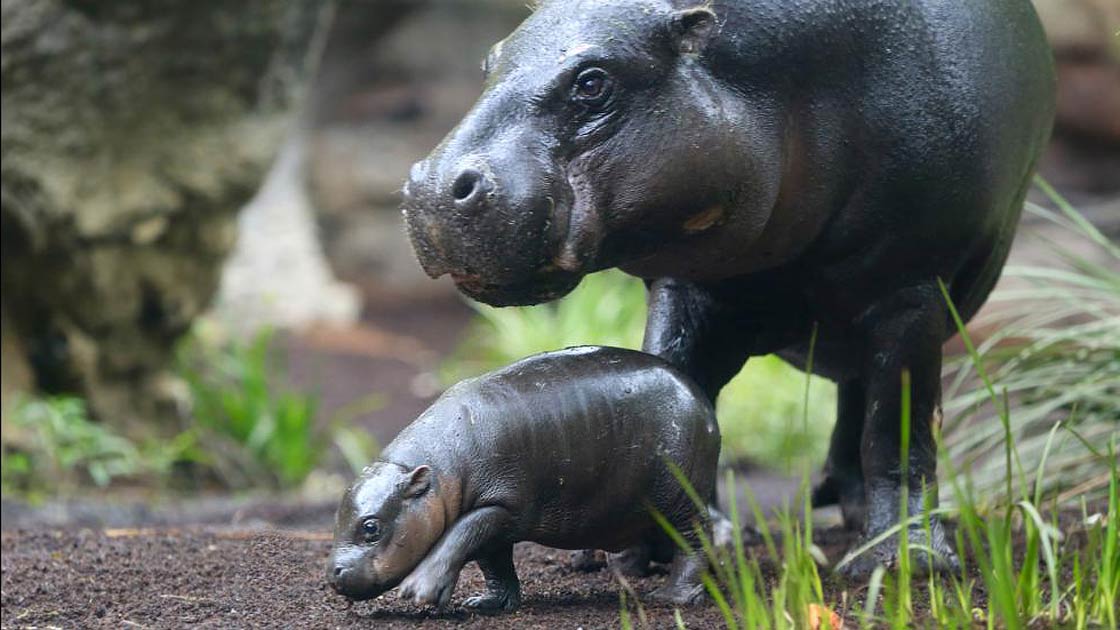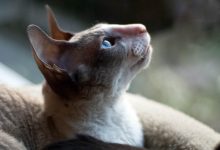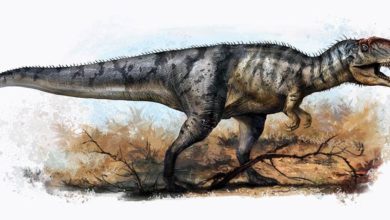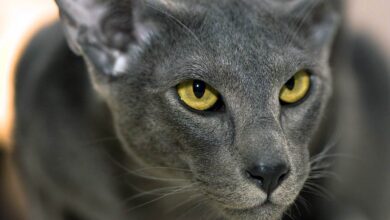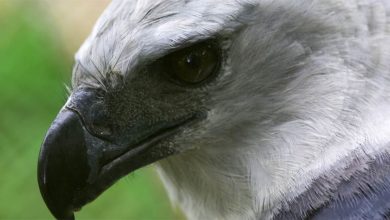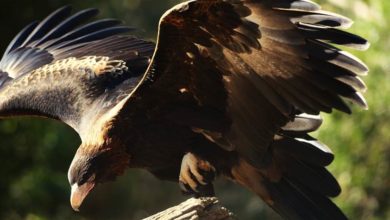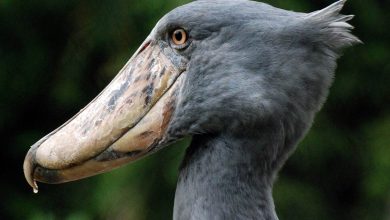The pygmy hippopotamus (Choeropsis liberiensis / Hexaprotodon liberiensis)
While the common hippo has been known to Europeans since ancient times, the pygmy hippo was not known apart from its range of distribution (West Africa) until the 19th century. Even in West African countries, people used to know very little about this animal because of its nocturnal lifestyle and foraging in dense forests. In Liberia, for example, people called it the water cow. How do smaller cousins of huge common hippopotamus cope today?
Classification
- Phylum: Chordate
- Order: even-toed ungulates
- Family: Hippopotamidae
- Genus: Choeropsis
- Species: C. liberiensis
- Subspecies:
- C. l. liberiensis
- C. l. heslopi

Nigerian subspecies
It is supposed that the separate species of the pygmy hippopotamus used to live in Nigeria until the 20th century but its existence is still questioned. The Nigerian subspecies was not observed in the wild or captured. All research and species observed are hippopotamus from Liberia living in the zoo there. The Nigerian subspecies was classified as Choeropsis liberiensis heslopi. Probably, it used to stay in the Niger River Delta, mainly close to Port Harcourt. Everything points that the heslopi subspecies is contemporary extinct.
Distribution
This representative of the Hippopotamidae lives in forests and swamps of West Africa, mainly Liberia, although some populations are seen in Guinea, Sierra Leone and Ivory Coast.

Characteristics
Appearance
Its built is very similar to its big relative – the common hippopotamus (Hippopotamus amphibius). It has a portly frame with four stubby legs equipped with four toes. The pygmy hippo is half as tall as the common hippopotamus and it weighs ¼ as much as its big relative. An adult pygmy hippopotamus is 150-177 cm long (59-69 in), 75-83 cm (29 – 33 in) tall at shoulders and they weigh from 180 to 275 kg (397 – 606 lb).
Skin
The skin is brown or greenish-black, but the lower body is creamy or grayish. The epidermis is very similar to the common hippo’s – it is thin and the skin is only a few centimeters thick.

The “blood sweat’ of the hippopotamus
The skin emits a specific pink substance, which makes the animal become pinkish. This secretion is the ‘blood sweat’ but it has nothing in common with the first or the second word. The substance is highly alkaline and is believed to have antiseptic and sun screening properties.
Water is the must
Both hippopotamus species spend most of their time in water because their skin dries out quickly and cracks.

The pygmy hippo and the common hippo
The skeleton of the pygmy hippo is slimmer than the common hippo, which means that the bones of the first species are thinner. What’s more, the spine of the common hippo is placed parallel with the ground whereas the spine of the pygmy hippo is a little bit pointed forward which is related with the adaptation to walking through dense forest areas. Proportionally, the neck and legs of the pygmy hippo are longer whereas its head is smaller.
Rather shallow water
Nostrils and eyes of the pygmy hippo are much less pronounced which means they are worse adapted to swim in deep water. As we know, the common hippos have very visible nostrils and eyes so as to move at big depths. It means that the pygmy hippo is better adapted to the land lifestyle, but both species feel better in water than other representatives of even-toed ungulates. It is proved by eyes and nostrils valves thanks to which the hippo can go underwater. It cannot be forgotten that the condition of these mammals’ skin depends on the availability of water.
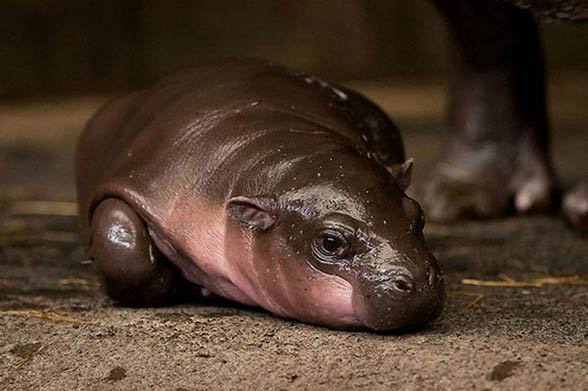
Diet
The pygmy hippopotamus belongs to herbivorous animals but despite it loves water, it does not consume water plants. It eats grass very rarely because there is a lack of it in dense forests where it goes foraging. It eats leaved plants, fruits and ferns. It goes foraging on the land at the dusk. It travels through trails and thick vegetation. It marks its routes with faeces – at the moment of defecation, the hippopotamus uses the tail to spread the droppings.

Behavior
According to its lifestyle and behavior, the pygmy hippo differs from the common one. It is much closer to tapirs (Tapiridae) although it is the effect of the convergent evolution and not the close relationship. The common hippos are gregarious animals, their smaller relatives live lonely or they live in small groups – usually such group consists of a couple or a mother and a calf.
What is interesting, pygmy hippopotamuses tend to ignore individuals of the same species, so there are no battles between strangers.
The pygmy hippopotamus spends most of the day underwater. It stays in one place for a couple of days and then, it moves to a new place. Some pygmy hippopotamuses use other animals’ burrows or make their own at the river shore. It is unknown whether they can dig the hole themselves (as it has not been observed among pygmy hippos) or how often they use them.

Reproduction
Reproductive behaviors in the wild have not yet been observed, while those recorded in captivity may differ significantly from behaviors occurring in nature.
Taking into consideration observations of pygmy hippos in captivity, it can be concluded that the sexual maturity is reached between 3 and 5 years old (the youngest known female gave birth at the age of 3 years and 3 months while staying in the Swiss Zoo in Basel).
The estrus cycle of the female pygmy hippo lasts 35 days whereas the oestrus itself is between 24-48 hours. In zoos, animals breed as monogamous pairs. Copulation takes place on land or in water (common hippos copulate and give birth only in water). During the fertility period, takes place even four times. In captivity, the young are born all year round; the pregnancy lasts 190-210 days. After this period, there is usually one young born; sometimes, these are twins.
The young are born on land or in water; they can swim just after being born. At birth, pygmy hippos weigh 4.5-6.2 kg (males are a little bit heavier than females). Pygmy hippos are weaned between six and eight months of age. Before weaning, they do not accompany their mother; the mother goes back to its hiding spot three times per day and calls out for the calf to suckle. Suckling occurs with the mother lying on the side.

Detailed information / size
The pygmy hippopotamus (Choeropsis liberiensis / Hexaprotodon liberiensis)
- Body length: 150 – 177 cm (59-69 in)
- Height at shoulder: 75 – 83 cm (29 – 33 in)
- Weight: 180 – 275 kg (397 – 606 lb).
- Lifetime: 30 – 55 years old in captivity, it can live shorter in the wild, but it has not been confirmed.
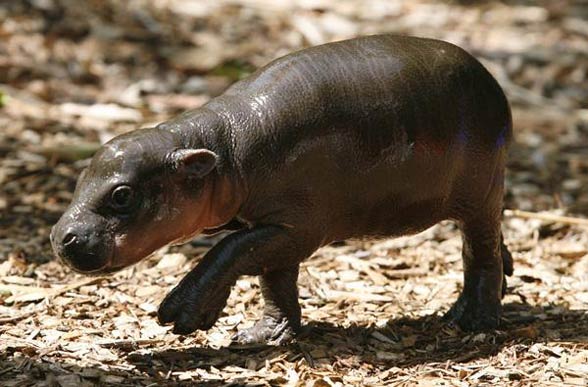
The pygmy hippopotamus – curiosities
- The relative species of the pygmy hippo can be little known, the extinct Malagasy hippopotamus (Hexaprotodon madagascariensis or Hippopotamus madagascariensis).
- The pygmy hippo is one out of two living representatives of the Hippopotamidae family (Hippopotamidae) – the second one is mentioned here the common hippo.
- The pygmy hippo spends about 6 hours a day foraging.
- The pygmy hippo first arrived in Europe in 1873 after conquering Sierra Leone by the Brits; however, the animal died just after being transported. The undertaking was successful in 1911; first, they appeared in Germany and then, in the zoo in Bronx (New York).
- The pygmy hippo is an endangered species because of losing its habitat (deforestation for agricultural benefits). As it is not aggressive, it is a good aim for hunters who hunt for it because of the high quality of its meat. It is also thanks to many wars breaking out in West Africa although it is not known how they influenced the population of these rare animals.
- It is estimated that there are around 3000 individuals in the wild.
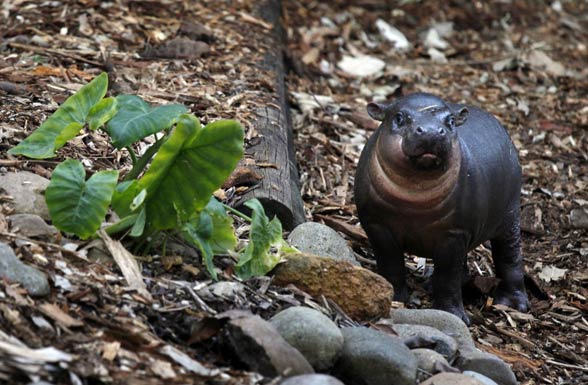
Recommended
- Hippopotamus
- Rhinos
- African elephant
- Asian elephant
- White rhinoceros
- Black rhinoceros
- Indian rhinoceros
- Javan rhinoceros
- Sumatran rhinoceros
- Woolly rhinoceros
- Arsinoitherium
- Elasmotherium
- Animals & dinosaurs records
- The fastest animals – Top 100
- The fastest birds – Top 10

